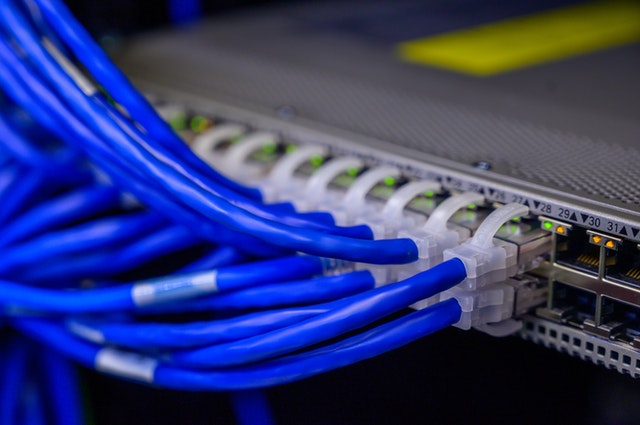I have been going through Spanning-Tree Protocol study for the last week or so and wanted to highlight a key part of the portfast feature that had not really hit me (and stuck) until now. I’ve known that a big reason and benefit of the portfast feature is to move interfaces (typically access ports) to the forwarding state immediately. However, another big reason and benefit that I’ll say I didn’t realize or remember, but is just as important in my opinion, is the suppression of topology change notification (TCN) BPDUs for interfaces with the portfast enabled.
By default, switches will create and send a TCN BPDU toward the root bridge when they detect a topology change (for example and interface going to a down state). Upon receipt of the TCN BPDU, the root bridge will create a configuration BPDU with the topology change flag set, and flood it to all other switches in the topology. When the non-root bridges receive a configuration BPDU with the topology change flag set, they need to change the MAC address age time to the STP forward delay time and flush out all MAC addresses older than that time period. This is done to prevent frames from being forwarded out interfaces to MAC addresses that may no longer exist out that port anymore. By default, this process could happen very often due to end devices potentially connecting and disconnecting frequently. That could cause a lot of churn and inefficiency in the Layer 2 topology. If portfast is enabled on all access ports connecting to individual end hosts, this TCN behavior is suppressed and only leveraged on non-portfast interfaces (switch to switch connections). To me, this seems very important.
STP portfast can be enabled on individual interfaces or globally on all access ports.
- Interface configuration
- interface interface-id
- switchport mode access
- spanning-tree portfast
- interface interface-id
- Global configuration
- spanning-tree portfast default

“When the non-root bridges receive a configuration BPDU with the topology change flag set, they need to change the MAC address age time to the STP forward delay time and flush out all MAC addresses older than that time period.”
What happens when the MAC address age time doesn’t change to the STP forward delay time?
LikeLike
I’m not sure Charles. I’m thinking it should per the protocol and there should not be a reason why this behavior would not happen.
By the way, thanks for reading, that means a lot!
LikeLiked by 1 person